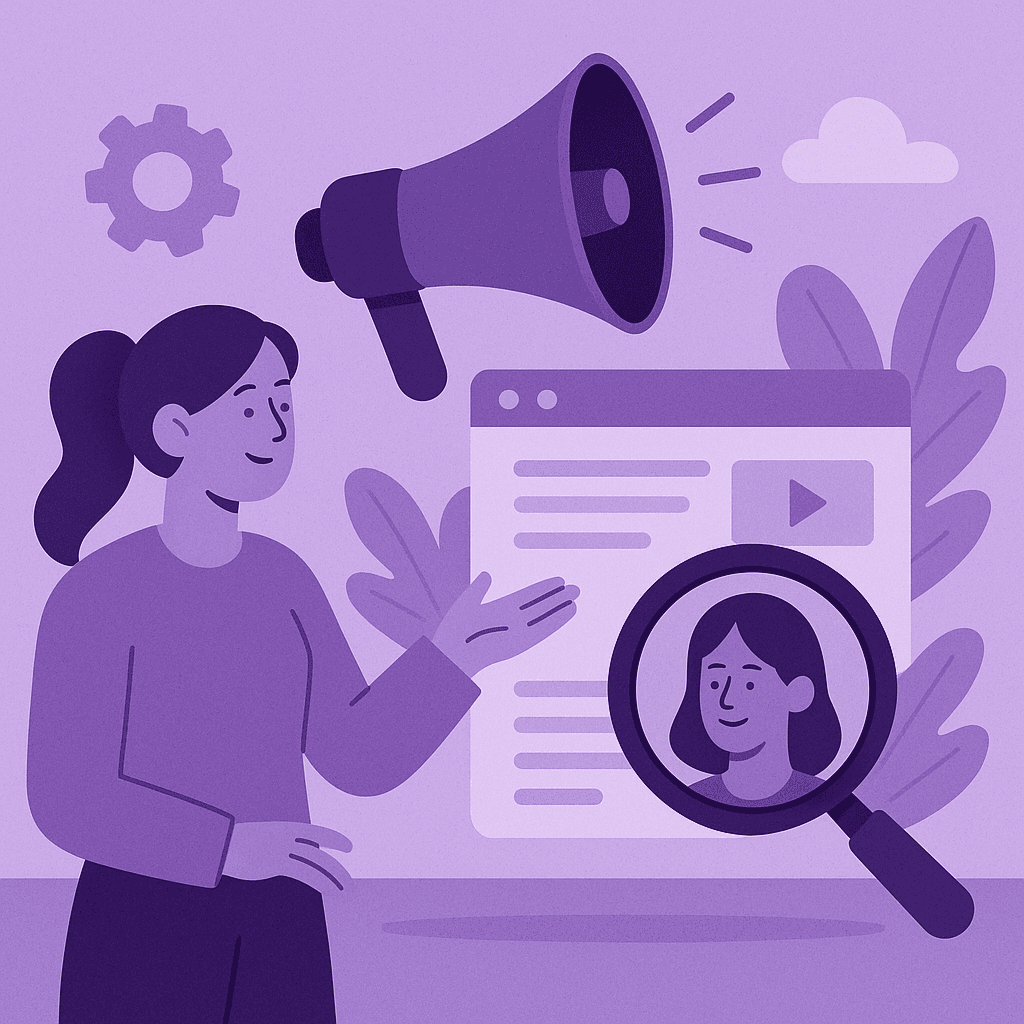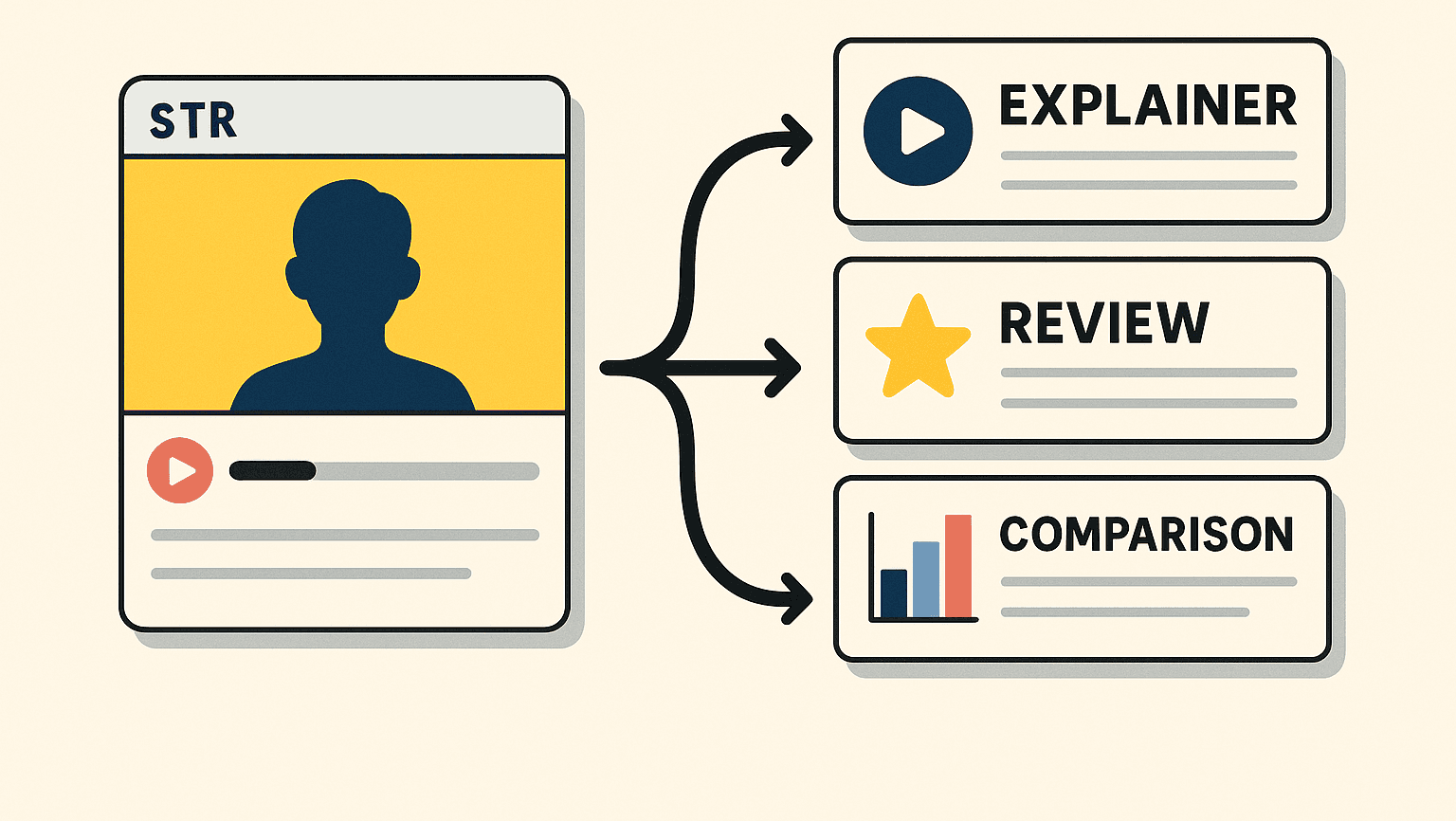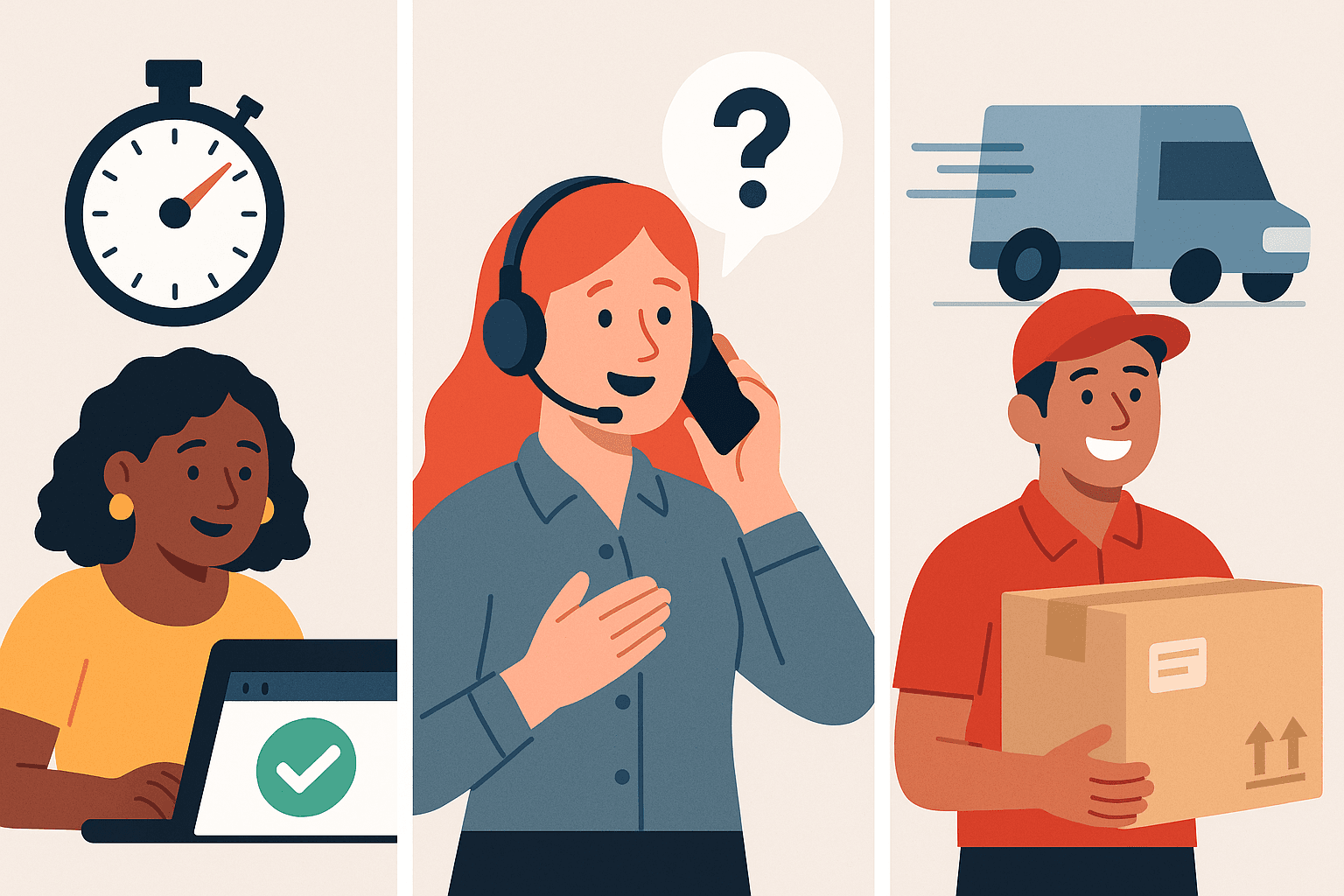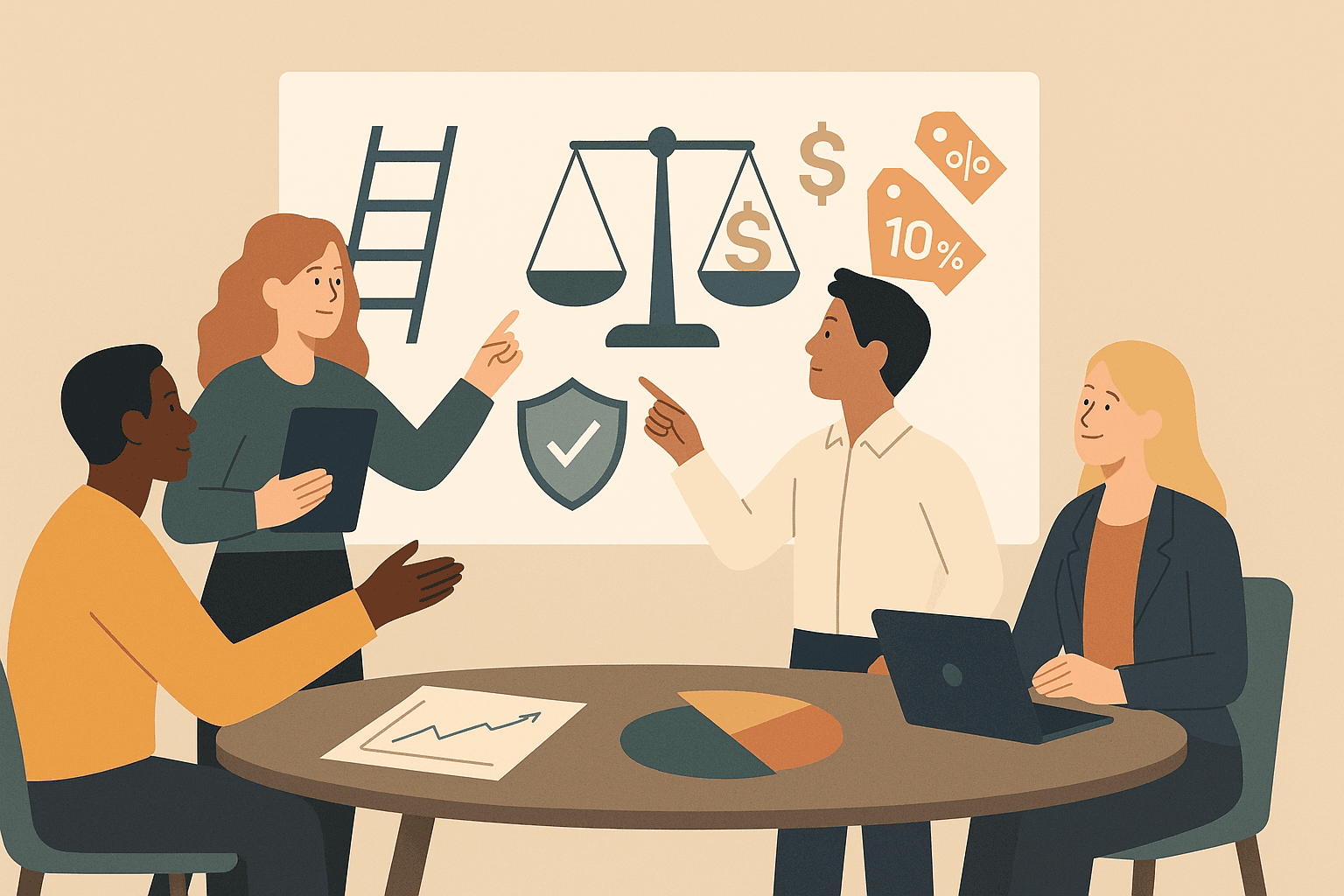Loyalty That Changes Behavior (Not Just Points)

TL;DR
- Utility > points. Priority support, faster returns, and exclusive perks drive repeat purchases and advocacy.
- Tiering creates momentum. Visible progress triggers dopamine (and better revenue).
- Prove it with lift, not logins. Track what matters—retention, repeat rate, and average order value (AOV).
Why This Matters Now
Loyalty used to mean another plastic card in your wallet. Now it means a reason to come back.
Acquisition costs are climbing, attention spans are falling, and every brand is whispering “We value you” into the same digital void. The difference between noise and loyalty is utility — does your program actually make your customer’s life easier, faster, or smarter?
Think of loyalty as habit engineering. When done right, it’s not a marketing gimmick; it’s behavioral design. You’re not bribing people with points—they’re choosing you because you’ve made staying loyal the most logical thing to do.
The Real Loyalty Equation
Loyalty that changes behavior works like compound interest: small advantages today build habits tomorrow. The catch?
Points alone don’t do it. People don’t need another “10% off your fifth purchase.” What they need is less friction and more value in the experience itself.
1. Utility over novelty
A program perk should feel like a privilege, not paperwork. “Free shipping forever,” “priority access to support,” or “fast-track returns” all build a sense of being treated differently—not just rewarded.
The moment a customer thinks, “I’d have to give that up if I switched,” you’ve won.
2. Tiering as motivation, not manipulation
Tiering works because people love progress.
But progress only motivates if the milestones feel attainable. A 10-tier system where the top level requires a PhD in spending? That’s demotivating.
Keep it simple. Let users see their movement: “You’re 3 orders away from VIP shipping.” That one line can do more for retention than a month of brand emails.
3. Lift, not logins
It’s easy to obsess over metrics like “loyalty sign-ups.” But what matters is incremental behavior change: repeat rate, AOV, and reduced churn.
If you’re not measuring lift, you’re just running an expensive vanity project with confetti animations.
What to Do This Month
-
Ship one high-utility perk in a sprint.
Think “priority support” or “instant refunds.” Make it meaningful and visible. -
Design tier thresholds with momentum.
Each step should feel like progress, not punishment. -
Track cohort lift, not logins.
Compare matched control groups. Loyalty isn’t loyalty until it moves numbers.
Evidence & Caveats
Bain & Company found that programs built around service utility sustain engagement long after novelty fades. Meanwhile, McKinsey’s data shows “points-only” schemes deliver diminishing returns within months.
In plain English? Loyalty rooted in function beats loyalty rooted in flash.
But beware: too much friction kills participation. Don’t make customers hunt through menus or download apps just to use what they’ve earned. The most loyal customers are the ones who don’t have to think about loyalty at all—they just experience it.
FAQs & Objections
Are discounts loyalty?
Rarely. Discounts are habit interruptions. They attract deal-hoppers who vanish when the sale ends. Loyalty is about trust and convenience, not a race to the bottom.
How do I convince leadership to invest in perks?
Frame loyalty perks as cost-saving automation: fewer support tickets, fewer refunds, more repeat sales. Loyalty is cheaper than re-acquisition—your CFO will thank you.
What if my audience doesn’t care about perks?
They do. They just call them something else: time saved, confidence gained, hassle avoided. You’re not rewarding people—you’re helping them win faster.
The Bigger Picture
The brands winning loyalty today aren’t dangling carrots; they’re removing friction. Loyalty isn’t a side project—it’s the operating system of your brand.
The future of loyalty is invisible. It’s not a card, or an app, or a “you’ve earned 100 more points!” email. It’s a seamless loop where customers feel the benefit before they even think about it.
And if you really want to go pro: combine your loyalty data with your Jobs-to-Be-Done strategy to understand why customers come back. You might just realize loyalty isn’t about keeping people—it’s about keeping promises.
(Also, if your loyalty emails still open with “We miss you,” maybe they wouldn’t have left if you’d given them priority shipping instead.)
Read similar content
Similar topics

Creators as the New SEM: Build Searchable Trust, Not Just Impressions
When creators become media channels, brands win by making their content discoverable, trustworthy and measurable—not just viral.

Design for Stream→Search: Sequencing Content That Survives the Algorithm
Why brands need content ladders that move people from passive scrolling to active searching—and how to build sequences that compounding attention.

Speed Is a Feature: Site, Support, and Delivery That Convert
Operational speed—page loads, helpful support, clear delivery—now decides who wins the cart.

Pricing Without Panic: Pack & Promo Plays for Volume-Led Growth
Use pack architecture, targeted promotions, and clear value signals to grow units without wrecking margin.